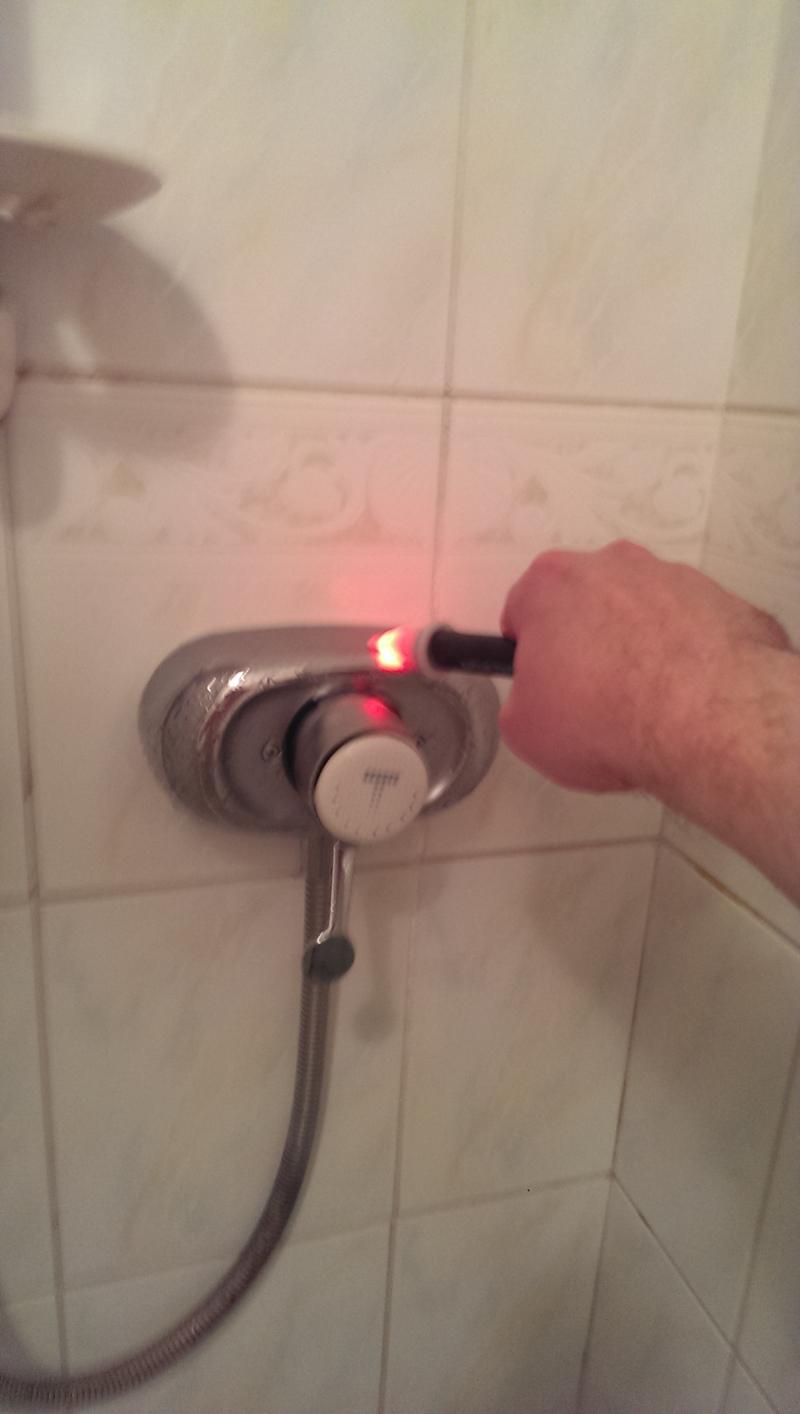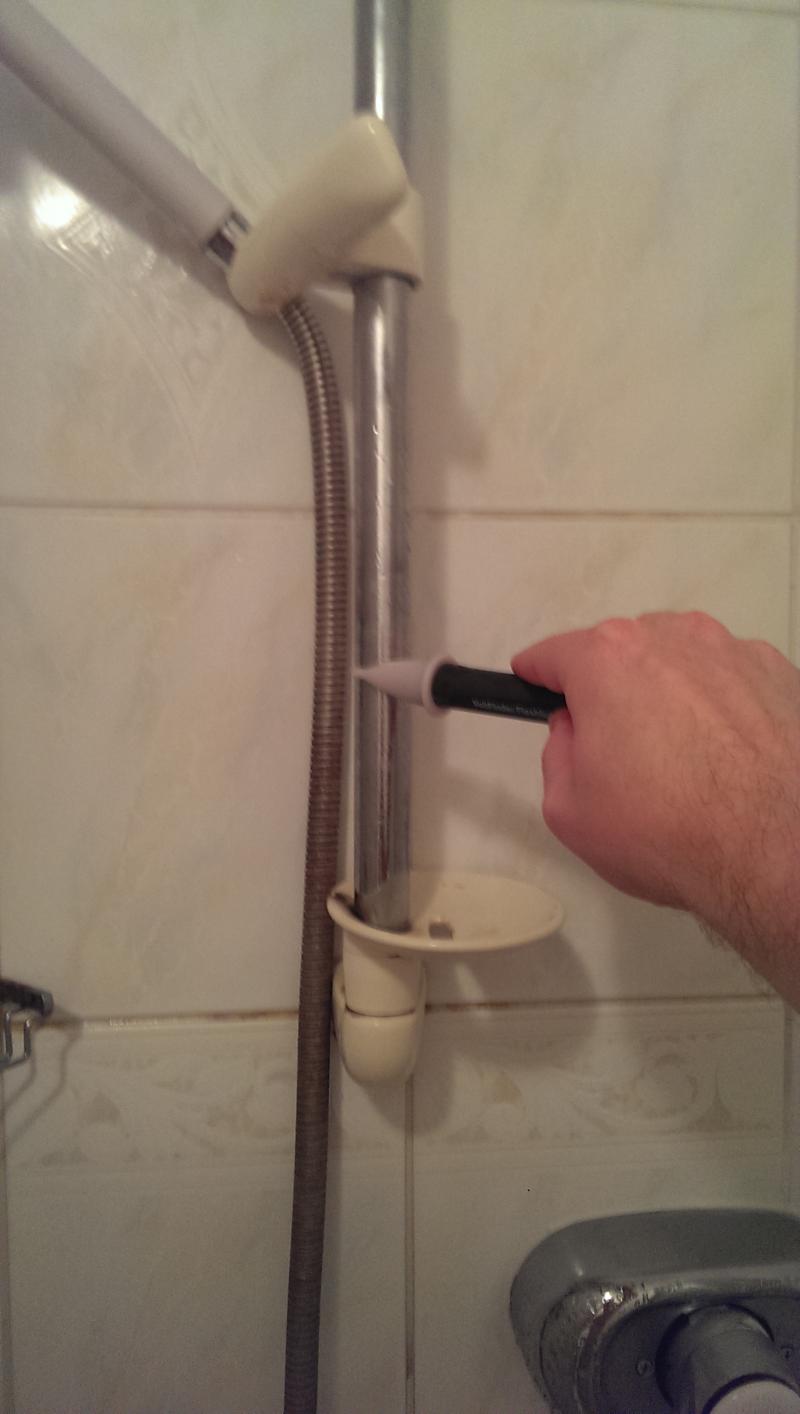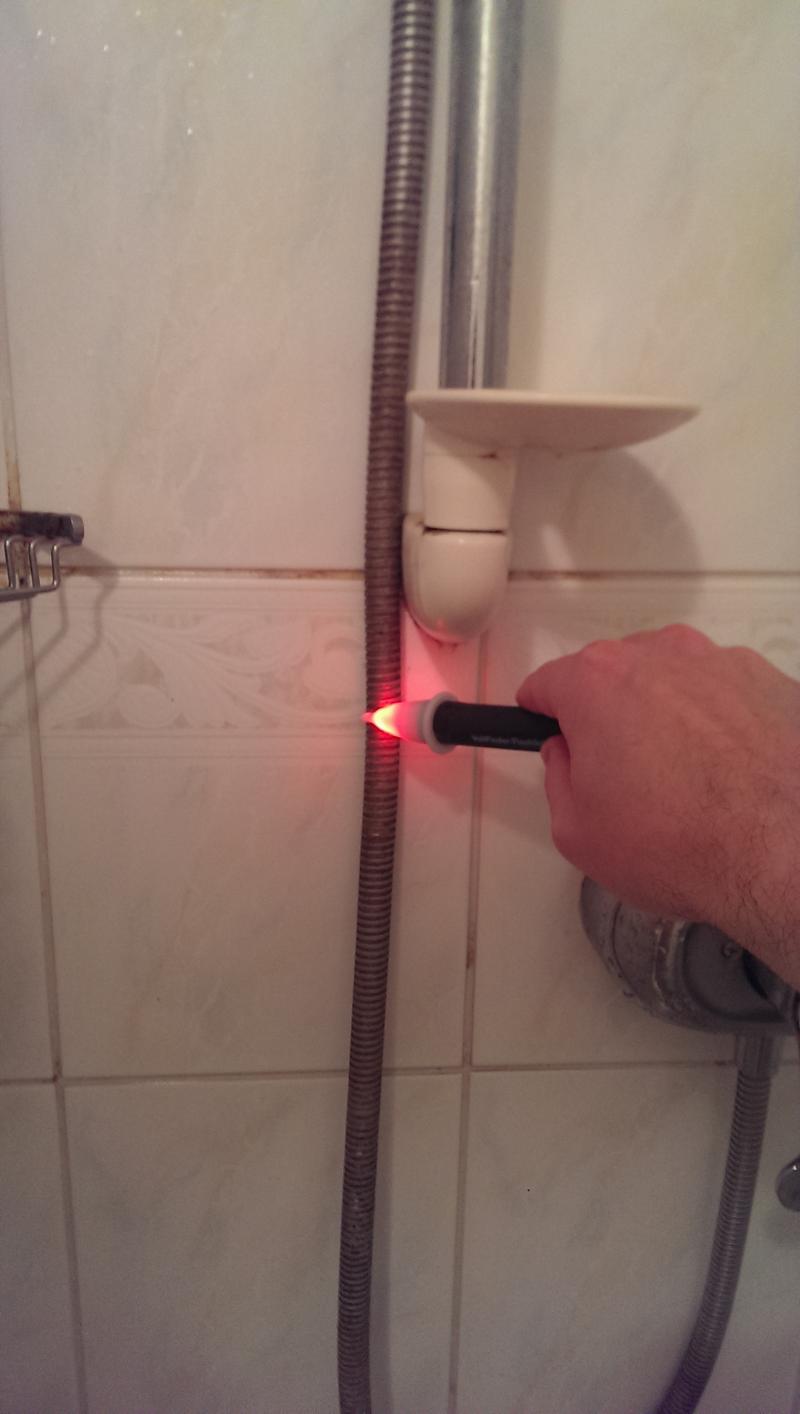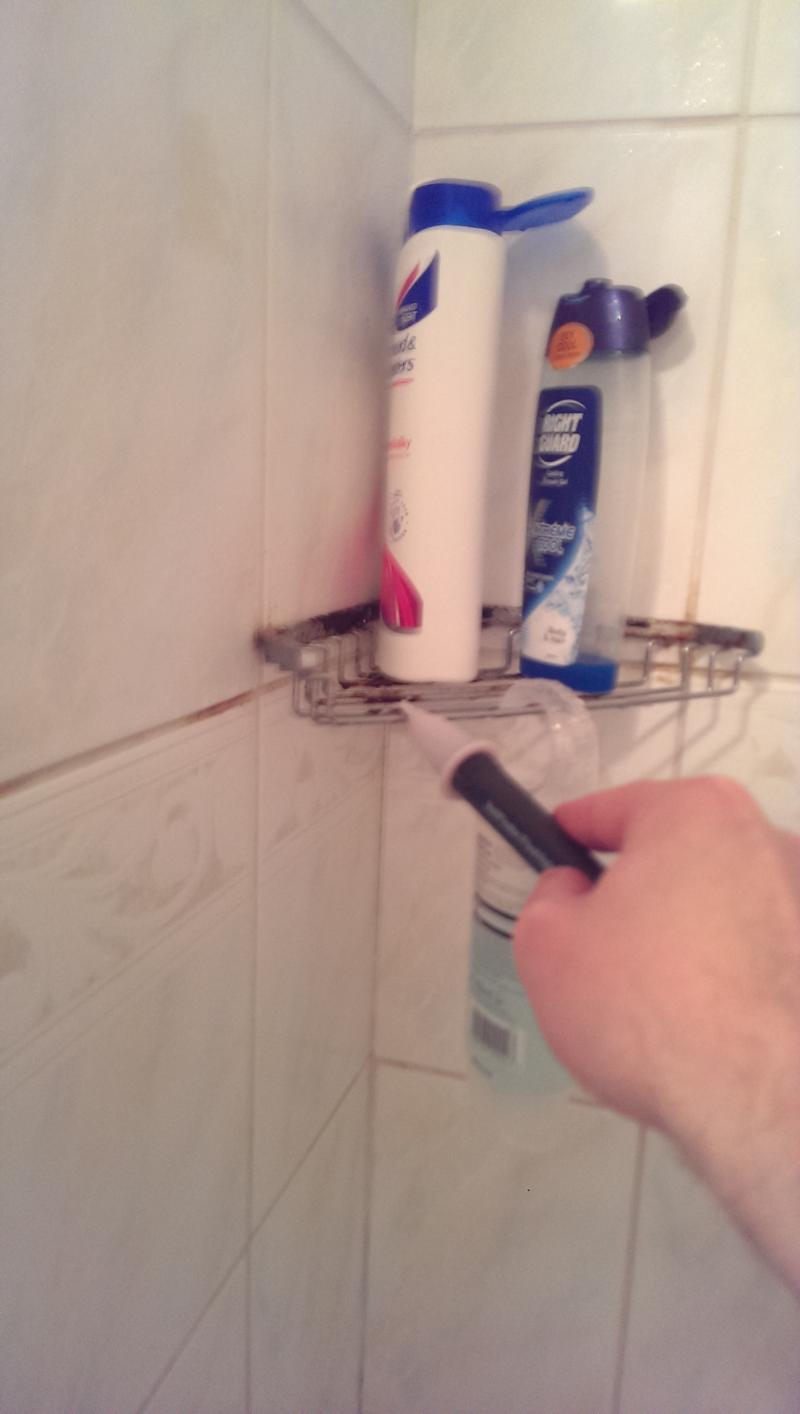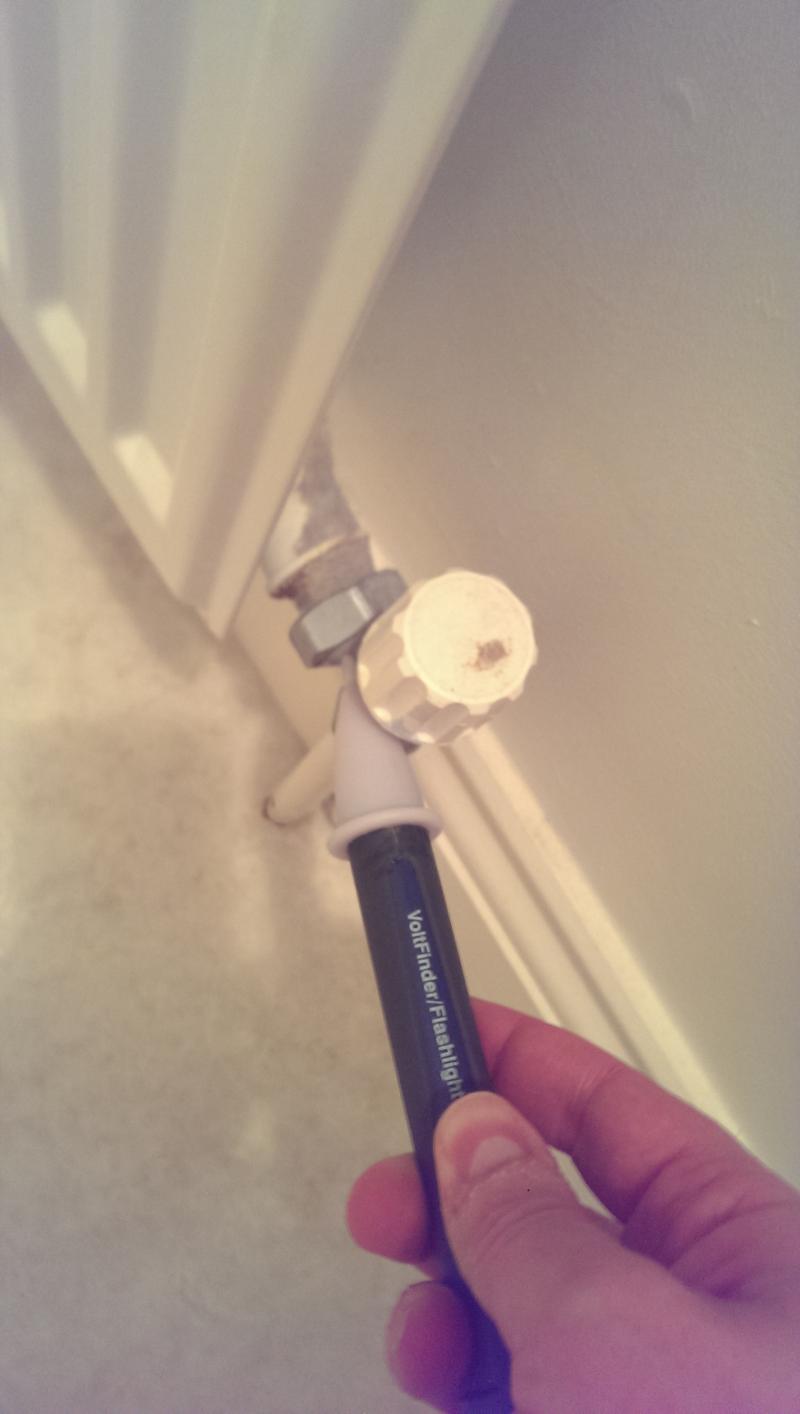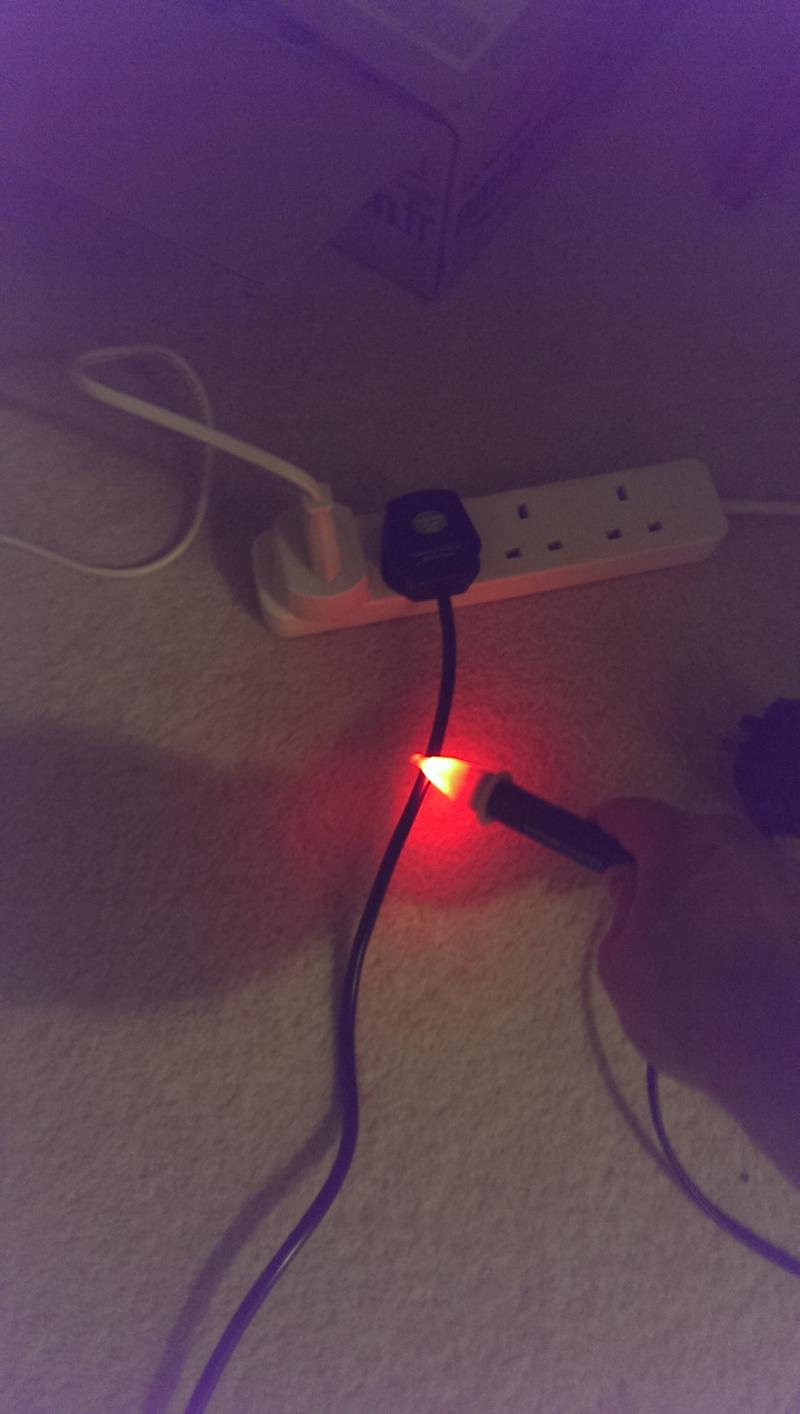If/when you decide to go for a CU upgrade make sure the electrician fully checks your systems out before he dismantles anything. Unless he does so, any pre-existing faults (which you apparently have) may well cause a major headache once an RCD system is installed.
The whole purpose of equipotential bonding is that there is no voltage gradient within a washroom to cause even the most sensitive of bodies to feel "tingles"
Based on my experience so far, there's a probably a whole thread about how to find an electrician who will/can do a full check that is actually worth it's salt, there's so much trial and error involved for us lowly consumers

Anyway, just as we might have though we've run aground, I think I have discovered a repeatable test, that doesn't involve me standing in the shower naked

I'll try to be as clear as possible with the following, having been mildly reassured about my misuse of the neon screwdriver in the posts last night, I decided to take my trusty volt pen into the bathroom with me this morning, expecting it to confirm that there is nothing to see.
I've uploaded some photos below just so you can see what I'm doing and that I'm not being a total fantasist

All photos were taken by me, stood outside the shower, but after using it.
1. Before I got in the shower I used the volt-pen - no indication of voltage.
2. Had a shower, tested with the back of my finger were I have some rough/cut skin - could sense the tingle.
Having been in the shower for a few minutes, grabbed my volt-pen - It lit up red.
3. Finished my shower, got dried, stood outside the shower, used volt-pen again - it lit up red.
4. Checked with the family what was switched on (looking for something
unusual compared to the tests the electrician did yesterday.
5. Very little was switched on that wasn't already on yesterday, but systematically switched off one at a time anything that was on (TV, Kettle, Downstairs light, upstairs lights). This had no effect, the volt pen continued to indicate voltage.
6. All appliance lights etc off, volt pen still lighting up.
7. Got my wife to switch off the upstairs light circuit at the CU - volt pen then is NOT lit, showing that there is NO electricity.
8. Upstairs light circuit switched back on - volt pen lights up.
9. After 10 minutes or so of waiting, put the volt pen against the shower, doesn't light up (check it against a live cable to make sure it hadn't broken in the last 10 minutes also).
10. Run the shower - no indication of electricity.
11. Douse the main shower body/mixer with water - Volt pen now indicates electricity.
Sorry about the long post

So, I am back to: There is electricity present, it has something to do with the upstairs lighting circuit and it is ONLY present when the shower is wet, with or without me stood in it.
Pictures:
Just to prove I'm not nuts!!


